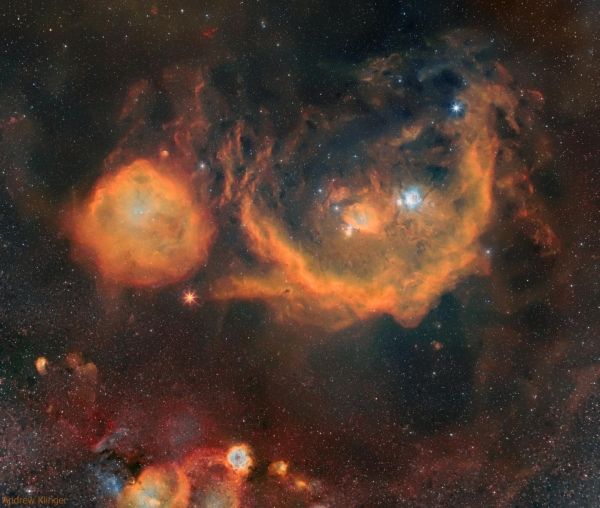Red supergiants are a class of star that end their lives in supernova explosions. Their lifecycles are not fully understood, partly due to difficulties in measuring their temperatures. For the first time, astronomers develop an accurate method to determine the surface temperatures of red supergiants.
Stars come in a wide range of sizes, masses and compositions. Our sun is considered a relatively small specimen, especially when compared to something like Betelgeuse which is known as a red supergiant. Red supergiants are stars over nine times the mass of our sun, and all this mass means that when they die they do so with extreme ferocity in an enormous explosion known as a supernova, in particular what is known as a Type-II supernova.
Type II supernovae seed the cosmos with elements essential for life; therefore, researchers are keen to know more about them. At present there is no way to accurately predict supernova explosions. One piece of this puzzle lies in understanding the nature of the red supergiants that precede supernovae.
Read more at University of Tokyo
Image: The red supergiant appears as a red starburst between two orange clouds. (Credit: © 2021 Andrew Klinger)


